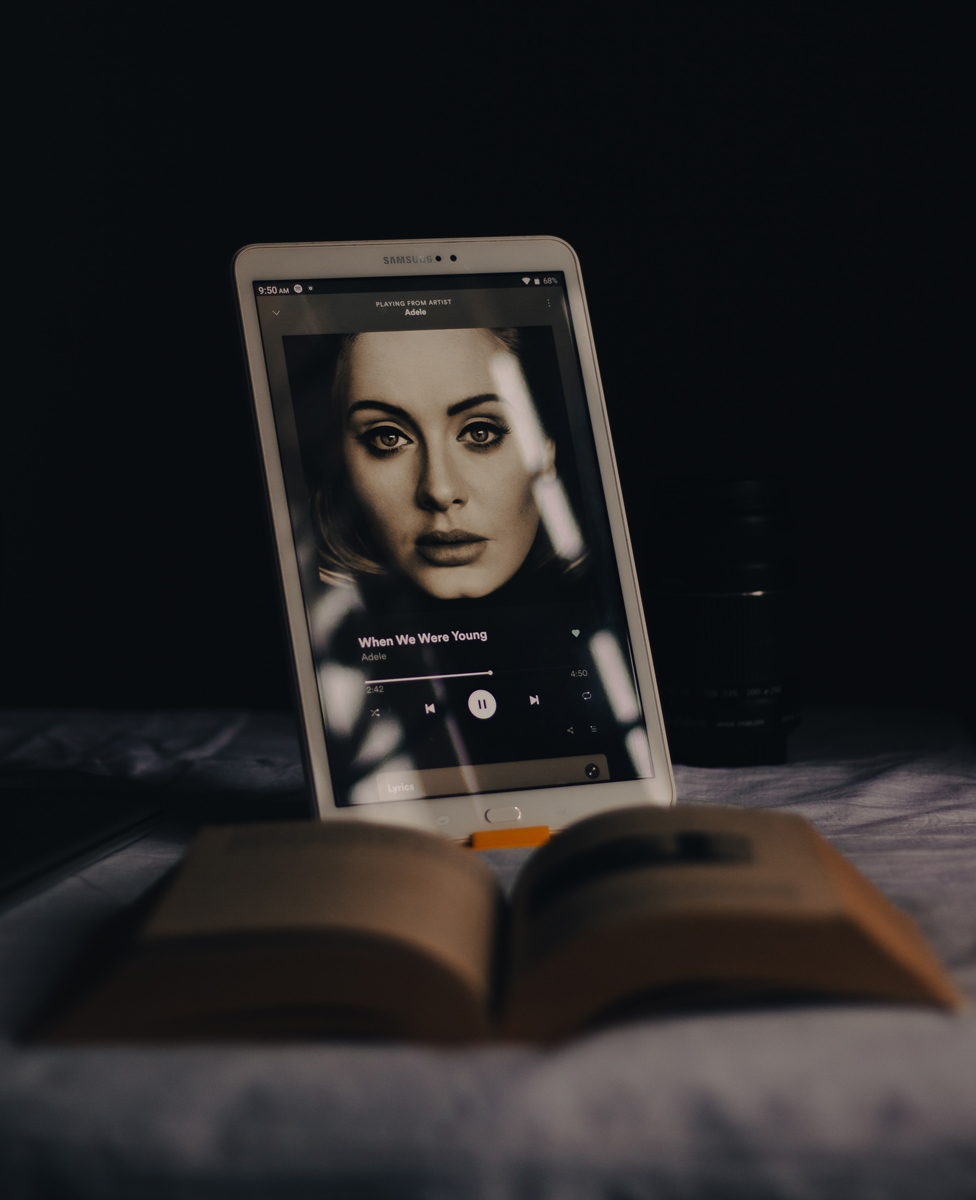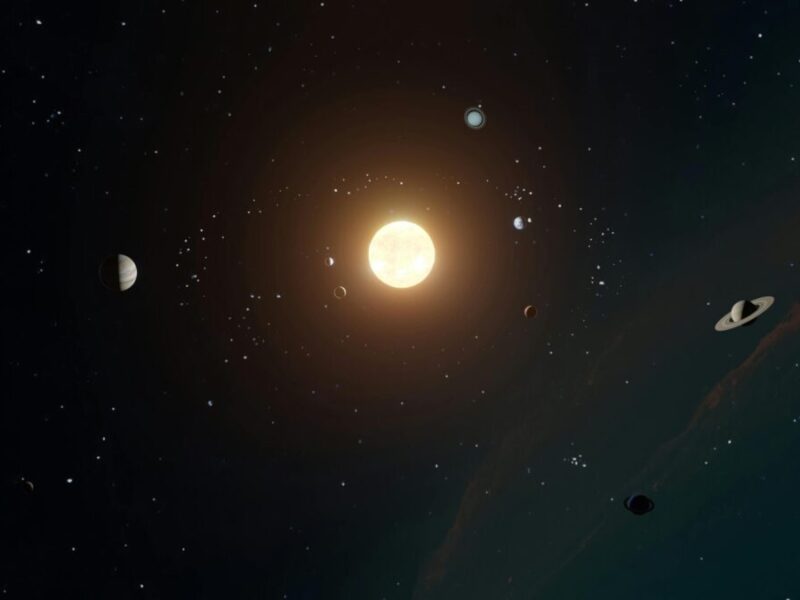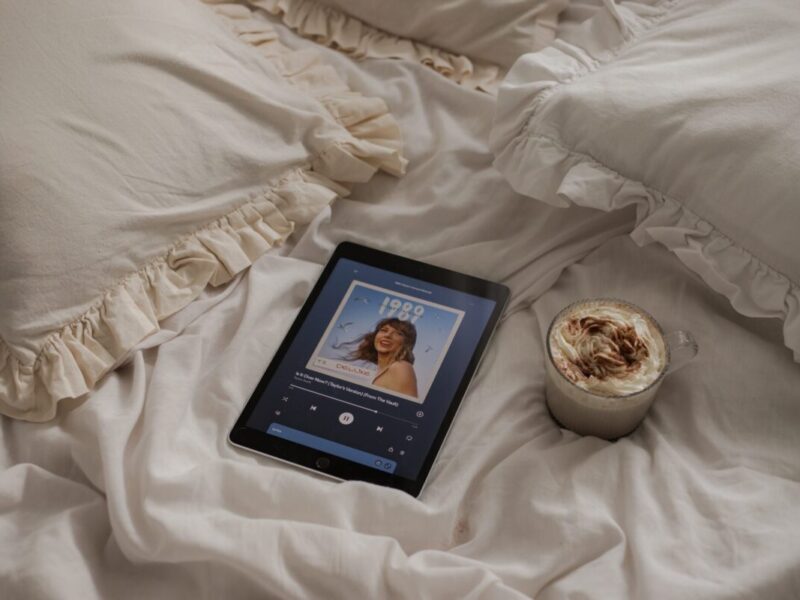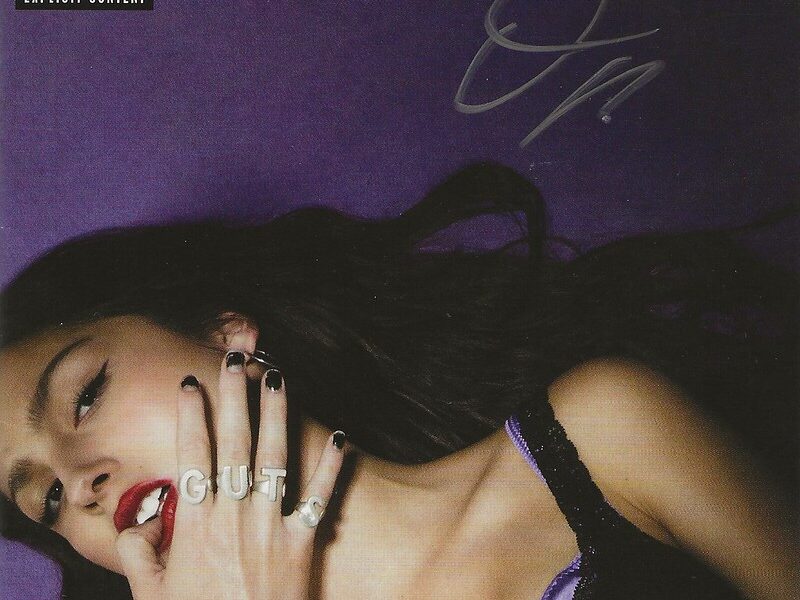Poetry and Music Pairings: Adele Edition
With the much-anticipated release of 30, Adele is officially back in the spotlight. In her fourth album, Adele harkens back to many of the musical components fans love—soulful vocals, classic and jazz influences, and raw, stripped-down songs—while reaching a new level of vulnerability. To celebrate her return to the charts, here are four poetry collections to pair with each of Adele’s masterful and evocative albums.
19 and My Greenhouse by Bella Mayo
Adele’s debut album, 19, introduced listeners to themes that would later come to define her work. The album chronicles first love and heartache, with Adele herself describing it as her “coming of age” album. It also showcases Adele developing her now iconically honest and emotional lyricism, as she’s credited as the sole songwriter on half of the 12 tracks. Bella Mayo’s first collection, My Greenhouse, channels similar subject matter: infatuation, heartbreak, and self-growth. Additionally, Mayo and Adele were near the same age when penning their first works, endowing them with youthfulness and moxie.
21 and Brute by Emily Skaja
When people think of Adele, it’s likely Grammy-winning 21 that comes to mind. Chart-toppers like “Rolling in the Deep” and “Set Fire to the Rain” appeared on this album before achieving monumental success. 21 embodies a deeper, more mature, and more piercing heartbreak than the one depicted in 19. The album also hints at a power imbalance, with Adele writing it as her relationship with someone 10 years older unraveled. Emily Skaja’s Brute, winner of the Walt Whitman Award from the Academy of Poets, similarly illustrates a colossal relationship ending, while illuminating poignant themes about gender and sexuality.
25 and Rome by Dorothea Lasky
If 21 reveals Adele reeling in the immediate aftermath of a breakup, 25 is a probing, intimate look at the role of distance and reflection. Songs like “When We Were Young,” “Million Years Ago,” and “Hello” feel steeped in nostalgia. As Adele asks a former lover if “after all these years [they’d] like to meet” and struggles to “let go of all of [her] ghosts,” she shifts relentlessly between the past and the present, with memories returning in vivid closeness. Dorothea Lasky’s Rome grapples with the specter of past love, as well, sharpening its memory into a physical, full-fledged presence that haunts both the speaker and the reader. Lasky has described the book as a record of “eternal longing.”
30 and Come the Slumberless to the Land of Nod by Traci Brimhall
When asked by a fan on Instagram what her latest album was about, Adele simply answered, “Divorce, babe, divorce.” While the dissolution of marriage is a common theme in pop culture, Adele’s 12-song record paints the experience with rich complexity and honest volatility. Within these tracks, the singer brings listeners along through the ups-and-downs of her journey: from the slow, confessional plea of “Easy on Me” to the flirty curiosity and experimentation of “Can I Get It.” Traci Brimhall’s Come the Slumberless to the Land of Nod, which also details the unexpected and unmoored experience of divorce, deftly shifts between similar extremes, employing juxtaposition as its central feature.
Looking for more poetry and music pairings? Check out our Kacey Musgraves edition.




